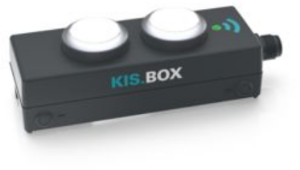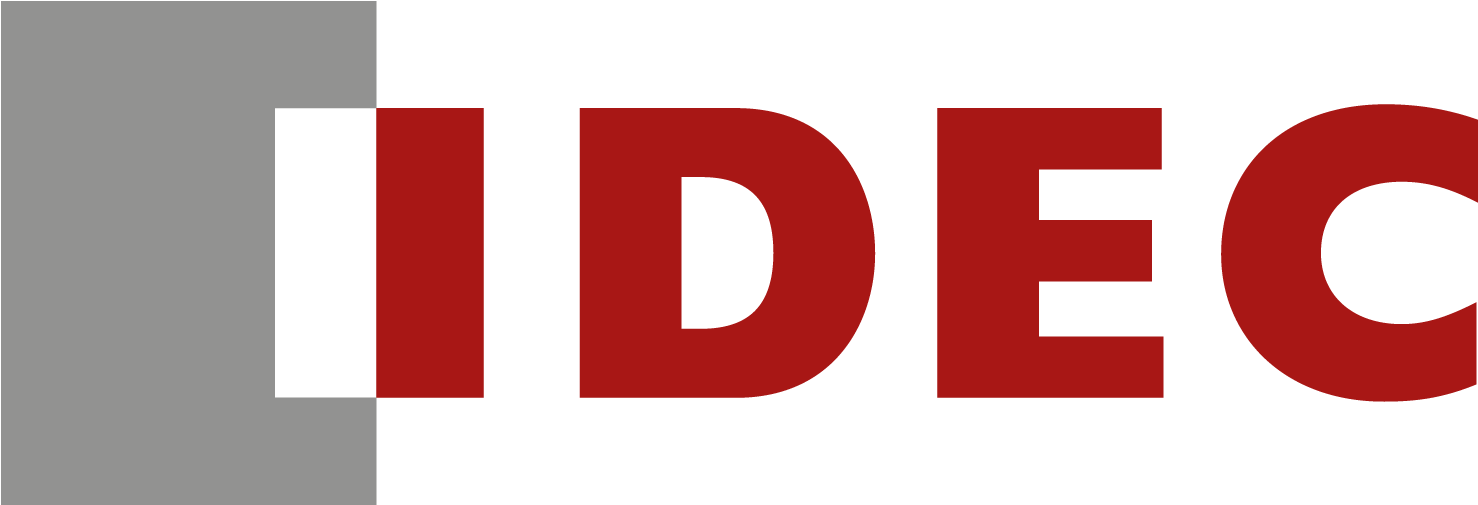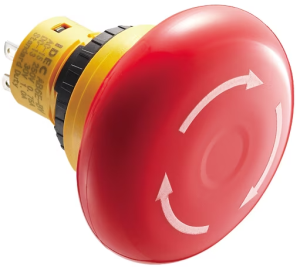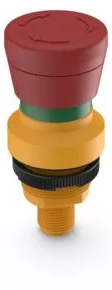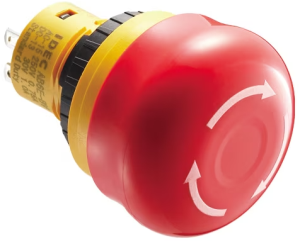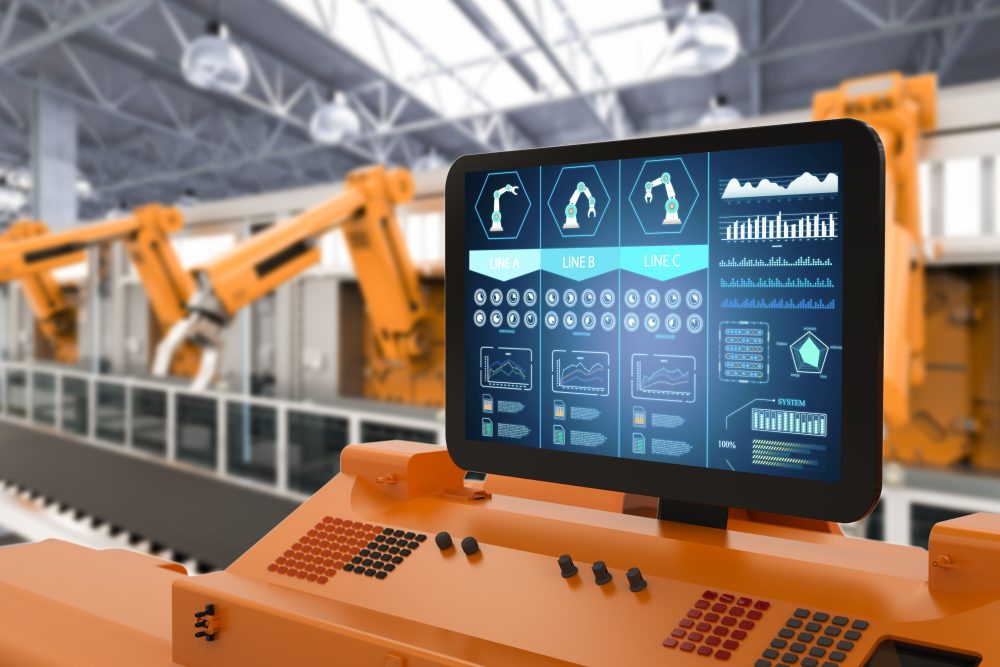
Quality and Standardization in Industrial Automation
For years, industrial automation has established itself as a decisive factor in the production landscape. Quality and standardization are the key drivers here. They form the foundation of successful and efficient automation. The following article highlights their central role and how the use of special products can ensure an increase in quality and compliance with standards.
Industrial Automation: Quality as the core message
Quality is the basic prerequisite of industrial automation. Only if the systems and components used function reliably can manufacturing processes be optimized and downtimes reduced. The high quality of manufacturing therefore directly determines the quality of the products. Special products, tools and components are used to ensure that the automation solutions meet various requirements. In the long term, these are measures to ensure the quality of the products.
Products for quality enhancement
The effectiveness and thus the value of industrial automation can therefore be significantly increased by the targeted use of suitable products. These products are designed not only to optimize performance, but also to reduce sources of error and increase operating efficiency. The constant further development and integration of such products into the production process makes a significant contribution to increasing quality in industrial automation. By optimizing process efficiency, communication and monitoring, it is also possible to ensure that the end products meet the highest quality standards.
- Intelligent connectors: This advanced product segment is used as a bridge between different machine components. They detect and transmit data in real time, allowing machines to communicate precisely with each other. Such seamless communication ensures consistently high quality output. This is because: overheating or other anomalies are immediately detected and can be corrected. – IO-Link command device box: With its help, users can intuitively control and monitor machine functions. The device offers a clear user interface and enables direct access to critical functions. Another advantage is that the fast feedback enables operators to make adjustments immediately and thus avoid errors.
- IO-Link command device box: With its help, users can intuitively control and monitor machine functions. The device offers a clear user interface and enables direct access to critical functions. Another advantage: The fast feedback enables operators to make adjustments immediately and thus avoid errors.
- RJ45 patch cable: In the networked production environment, stable and fast data transmission is essential. The RJ45 patch cable provides a solid connection and ensures uninterrupted communication between system components. Its robustness and reliability prevent data loss – contributing to overall consistent system stability. – Retro-reflective sensors: This sensor uses light beams to accurately detect the presence or absence of an object without contact. In production, it can be used to check the quality and completeness of manufactured parts, allowing defects to be detected and corrected at an early stage.
- Retro-reflective sensors: This sensor works with light beams to detect the presence or absence of an object precisely and without contact. In production, it can be used to check the quality and completeness of manufactured parts, allowing defects to be detected and eliminated at an early stage.
Quality – linked to safety
Quality efforts in the industrial environment are usually also linked to safety requirements for machines and systems. It is easy to explain why: manufacturing processes in which individual components are constantly prone to overheating or short circuits jeopardize not only the well-being of people and machines, but also the quality of production. The individual components then work inefficiently, are incorrectly balanced or produce results of inferior quality. Manufacturing processes susceptible to intense voltage fluctuations also fail to produce at a constant level. Standardization through automation efficiently counteracts these problems.
Our range for safe quality
Emergency stop switches, acoustic and optical signaling devices and the like significantly increase safety in industrial production through their intervening or warning functions – but they also play a key role in quality assurance. Based on clear and unambiguous communication, operators can react quickly and take the necessary steps to maintain product quality and general safety.
In the Bürklin online store, you can select your suitable solutions from a wide range of safety components and other supporting products. Tip: Use our practical filter function for quick and precise results!
Standardization as the foundation of industrial automation
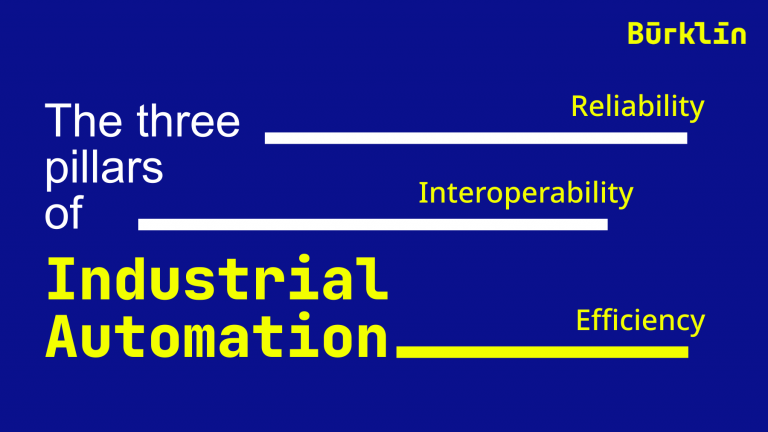
Standardization plays an important role in industrial automation and is indispensable as a strategic building block for quality assurance and improvement. It creates a stable, efficient and yet flexible environment that enables continuous optimization in line with new technical innovations. Any risks due to incompatibility and excessive complexity in production processes as well as the resulting costs can be minimized. Bürklin Elektronik presents the three main reasons why standardization plays a central role in industrial automation:
- Reliability: Uniform standards ensure that any product or system designed to meet these specifications will perform predictably. Standardization significantly reduces the risk of errors or failures that could be caused by inconsistent product quality. For example: various cables or wires, such as motor connection cables. If these are standardized, users can be confident that, regardless of manufacturer, they will always perform the same and be reliable as usual.
- Efficiency: Standardization facilitates the integration and networking of different systems in a production process. This leads to faster implementation of new technologies and thus to more efficient production.A standardized RJ45 patch cable, for example, enables trouble-free connection of different network devices, minimizing installation effort and the associated costs.
- Interoperability: In modern industrial production, numerous machines, sensors and control systems interact with each other. Without clear standards, this interaction would be nearly impossible, as each system would have to use different protocols and interfaces.Standardization enables products from different manufacturers to communicate and work together smoothly.A smart connector, for example, provides a standardized interface that ensures machine components from different suppliers can interact seamlessly.
Industrial automation: Quality makes the difference
Industrial automation in modern manufacturing operations has long represented the state of the art. Given the continuous increase in manufacturing complexity and in line with the constant drive for efficiency, this will remain the case.
It is a fact that quality is only created where high-quality and valuable materials, components and tools are used. This quest for efficiency and precise accuracy is firmly anchored in the heart of the idea of automation. By using high-quality and standardized products, companies can optimize their automated production processes and thereby achieve a real competitive advantage.
Translated with www.DeepL.com/Translator (free version)




